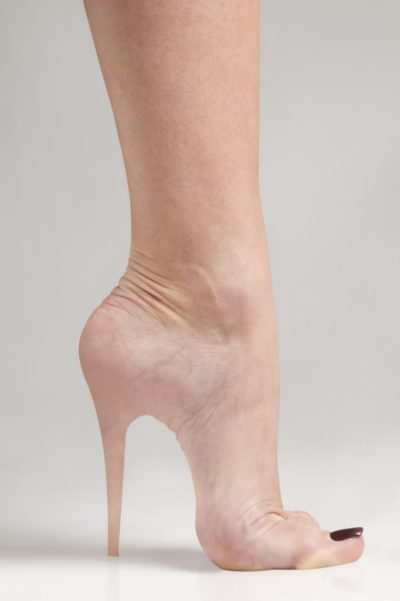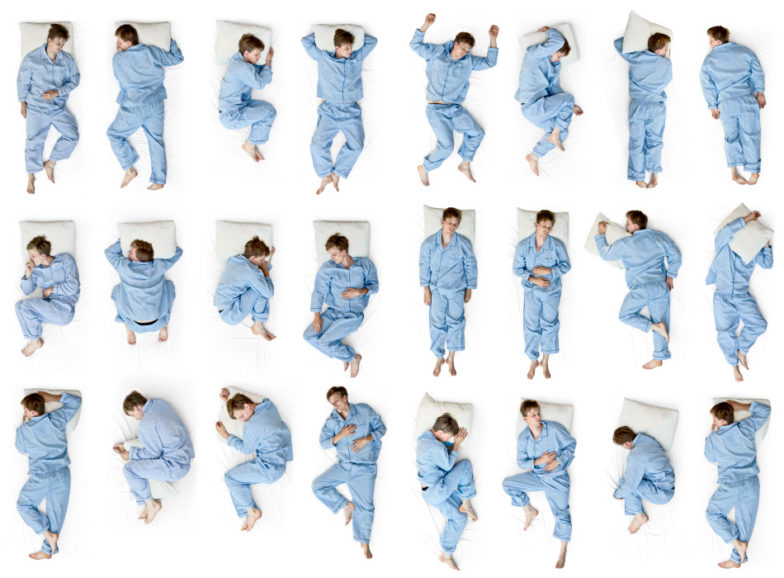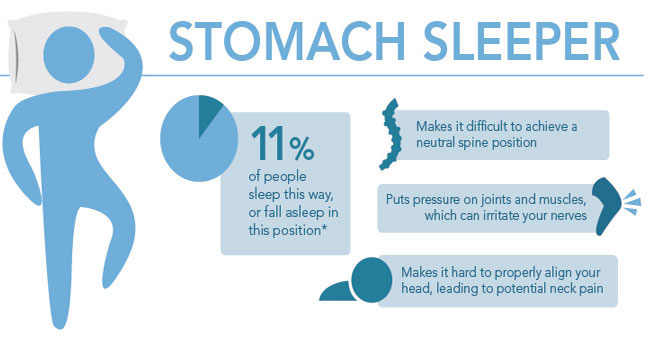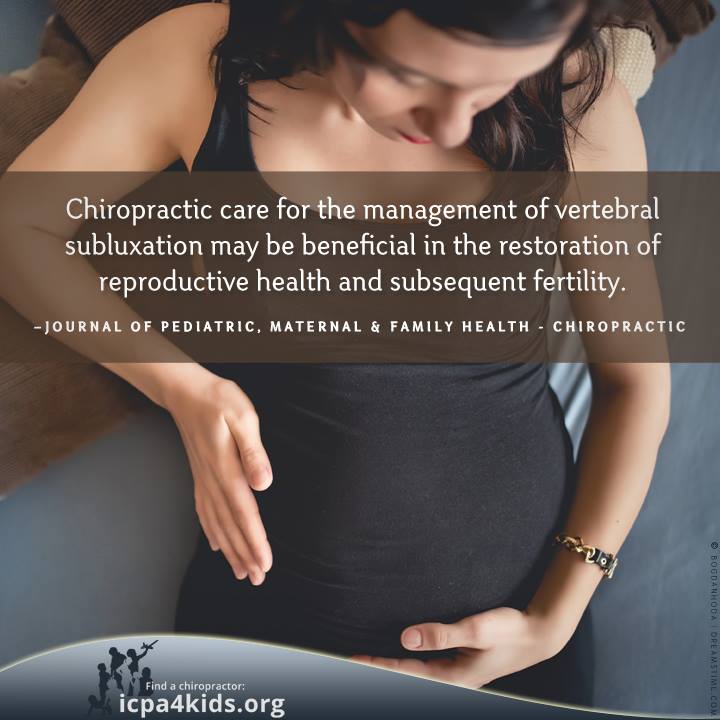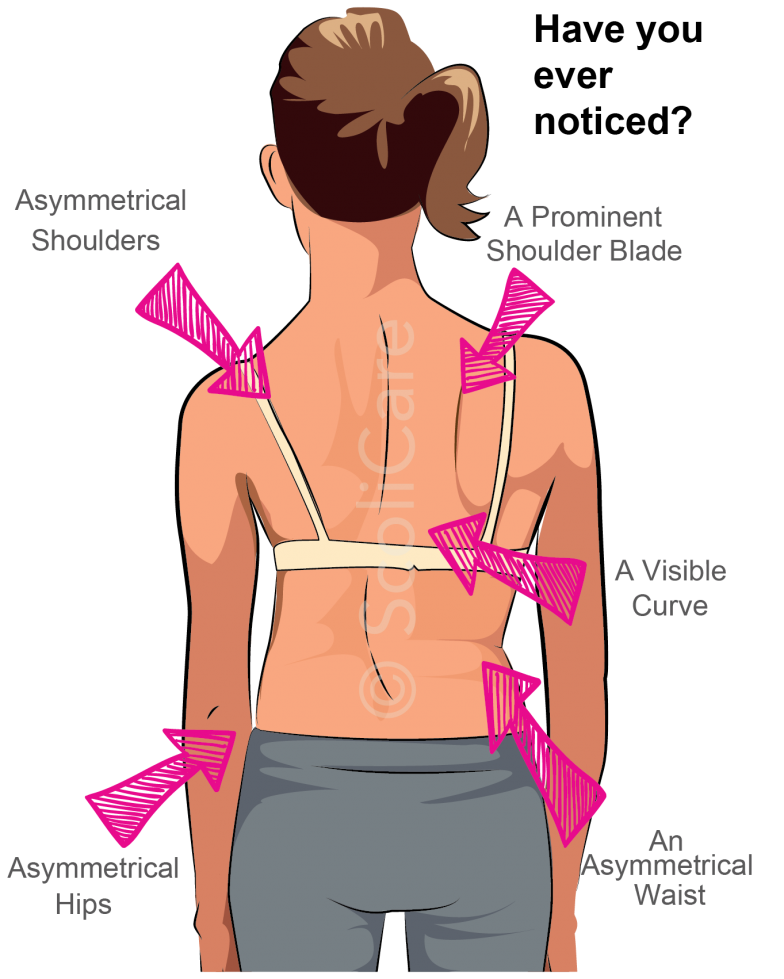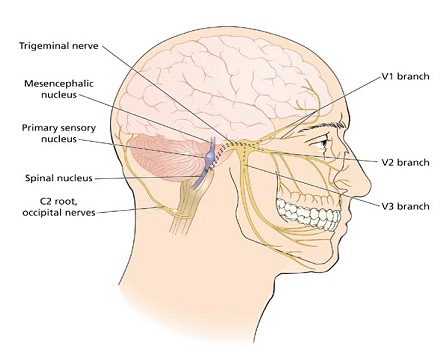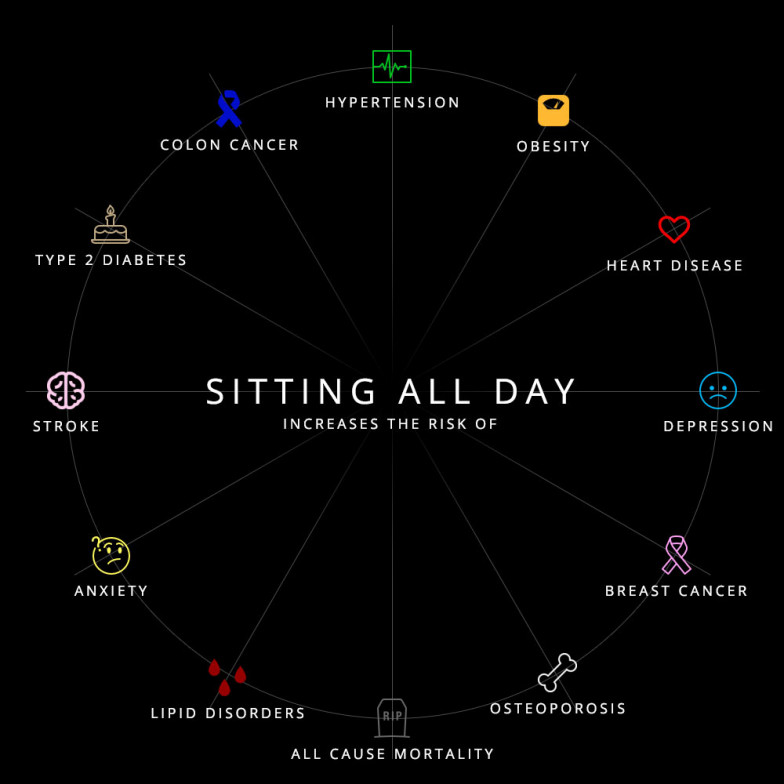Chiropractic care was offered as one of the core services for athletes for the first time ever at the London Olympic and Paralympic Games in 2012.
The inclusion of chiropractic services at the Olympics reflects the fact that chiropractic has become a key part of an athlete’s training and recovery programme. In fact, it is estimated that at least 90% of elite athletes use chiropractic on a regular basis to prevent injuries and to improve their performance.
Great athletes take care of their bodies. If you want optimum performance and longevity you must take care of your body, and that starts with the spine and nervous system.
The 2016 Olympics take place in Rio between the 5th and 21st of August. For more info visit: https://www.olympic.org/rio-2016
Tiger Woods – “Lifting weights and seeing a chiropractor on a regular basis have made me a better golfer. I’ve been going to chiropractors for as long as I can remember. It’s as important to my training as practicing my swing.”
Bradley Wiggins quote about his Chiropractor – “From the first session with my Chiropractor I had great results that were not short lived. That, followed up with regular sessions, I saw improvements that I had never seen before and that reflected in the way my body held up on a day to day basis which eventually saw me achieve 4th place in the 2009 Tour de France under his supervision. My Chiropractor will undoubtedly remain an integral part of my medical support in the forthcoming seasons and lead up to the London 2012 Olympic Games.”
Dan O’Brien (Double Olympic and World Championship Decathlon Gold medallist.) – “Were it not for chiropractic I would not have won the gold medal.”
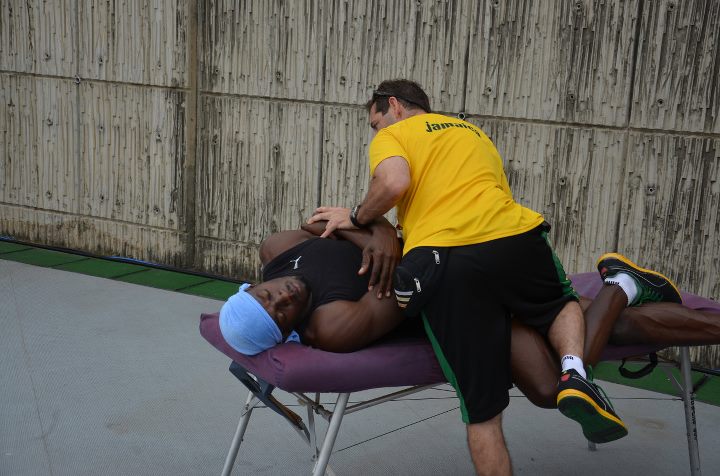
Usain Bolt Having a Chiropractic Adjustment





